The museum designs and installs small exhibits on the history of veterinary medicine. We display each exhibit for about a year at the University’s Pomeroy Center, then it’s moved to the office of the Minnesota Veterinary Medical Association for others to enjoy.
Past exhibits
Here are some of the traveling exhibits we've shared with the community in the past:
R.K. Anderson

of the R.K. exhibit, and at upper right we
displayed the Calvin W. Schwabe award
given to Anderson in 2004 by the
Association for Veterinary Epidemiology
and Preventive Medicine.
This exhibit celebrated the career of Dr. Robert K. Anderson ‒ known as R.K. ‒ a faculty member of the University of Minnesota College of Veterinary Medicine. In 1956 the College and the School of Public Health developed a joint program in veterinary public health, and R.K. became the first director. In 1980, he took a sabbatical leave to study animal behavior and psychology at the University of California, Davis. His studies there spawned a new career. He helped found the Delta Society, an organization dedicated to using therapy, service, and companion animals to improve human health, and he co-founded the Center to Study Human Animal Relationships and Environments (CENSHARE) through the College of Veterinary Medicine and School of Public Health. Anderson developed the Gentle Leader collar for dogs with Ruth Foster, then president of the National Association of Dog Obedience Instructors. The collar is now widely popular, and the Smithsonian named it one of the world’s 100 best inventions. Dogs, Anderson said, are the only animals we train by choking. He passed away in 2012, and the exhibit was installed in that year.
Minnesota's First: Joan Parent, 1923-2013
The story of the state’s first female veterinarian, born and trained in Ontario, who came to Foley, Minnesota, in 1947 to join Murray Parent, her husband and classmate. After practicing for decades Joan Parent was stalwartly involved in promoting female sports on a national level. We exhibited several pieces of her equipment, lent to us by her family. Installed in 2014.
 University of Minnesota’s Pomeroy Center, 2014. |
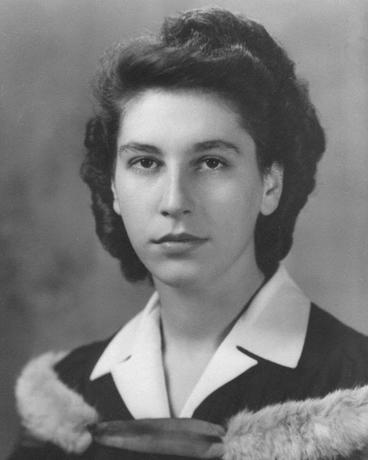 |
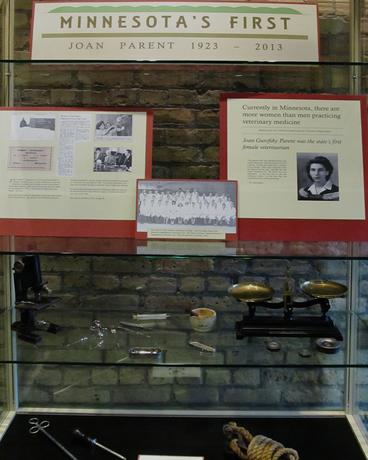 |
Myron H. Reynolds, Pharmacist, Physician, Veterinarian, Photographer
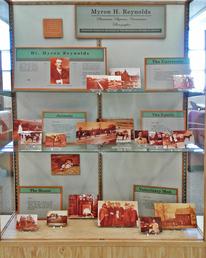
Veterinary Library, 2016. It featured about twenty
early photos taken by University of Minnesota
faculty member Myron Reynolds.
This exhibit featured about twenty early photos taken by University of Minnesota faculty member Myron Reynolds, an amateur photographer who recorded scenes of his family, his home, and the St. Paul campus of the University. First hired by the University in 1893, Reynolds was the sole veterinarian there until 1904, and became head of the newly created Division of Veterinary Science in 1917. The displayed photos were reproductions from prints at the Minnesota Historical Society. Installed in 2016.
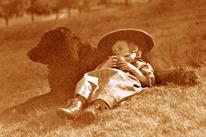 |
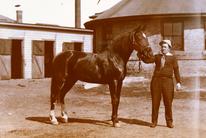 |
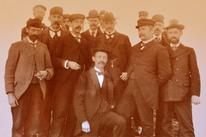 |
Required Reading: Textbooks from the Class of 1951
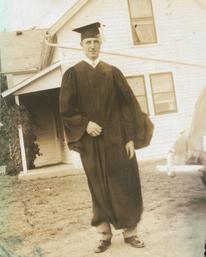
veterinary school in 1951. His collection
of veterinary text books was donated to
the museum and was the basis of the 2017
Required Reading exhibit.
A study of the textbooks required of students enrolled in the University of Minnesota School of Veterinary Medicine. This first class began at the school in 1947 and graduated as Doctors of Veterinary Medicine in 1951. The books displayed came to us from the family of Dr. John Busch, who graduated with the first class and practiced in Chokio, Minnesota, and the exhibit included photos of important events in his life. Aside from Busch’s collection, no other record has survived to divulge what books were required for University of Minnesota students in this era. Installed in 2017.
Sulfa Drugs: The Magic Bullet
The story of the development of sulfa drugs in the 1930s and 40s ‒ the first antimicrobials used in veterinary medicine. Examples of early drugs from our collection were exhibited. Installed in 2018.
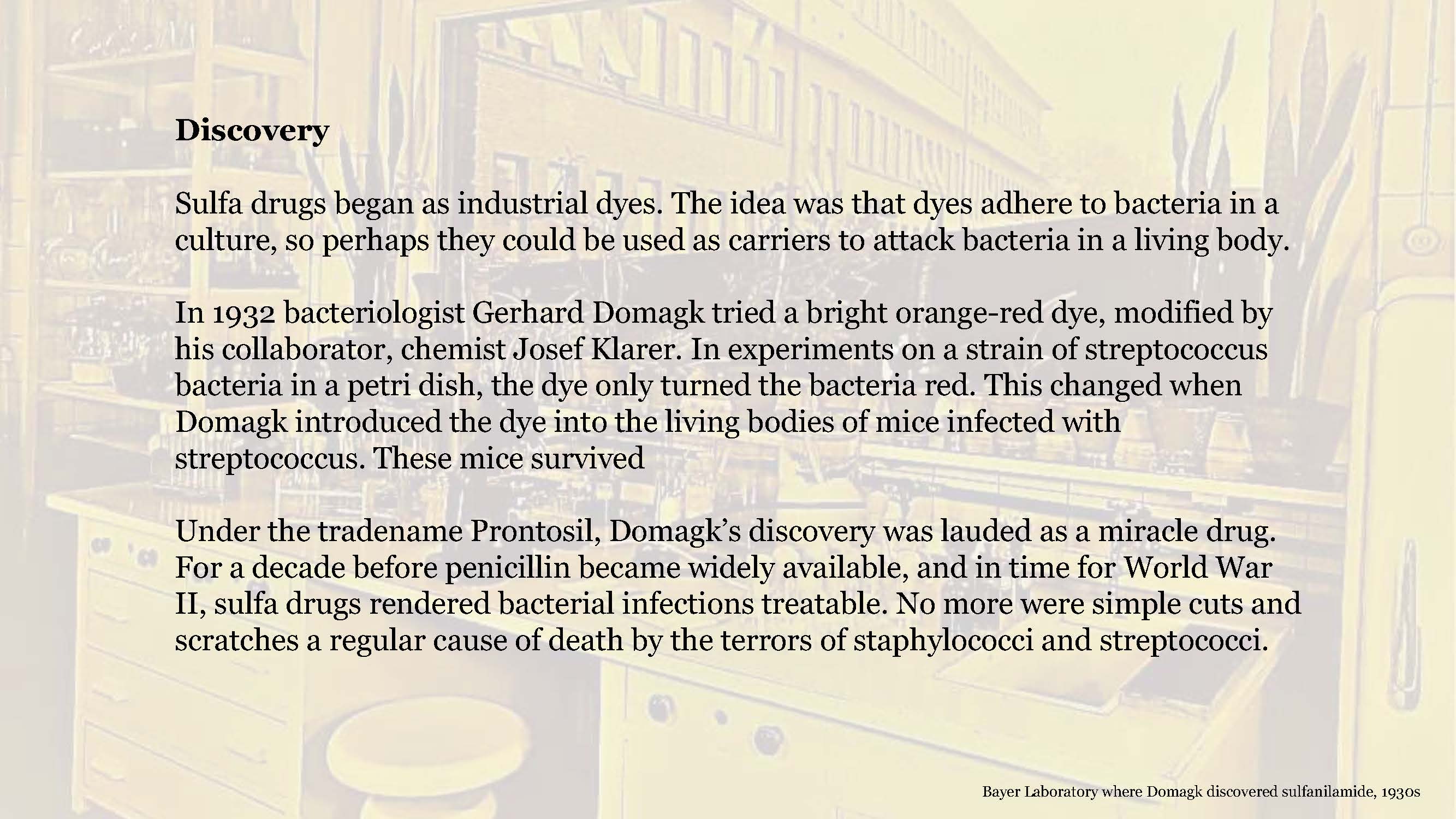 |
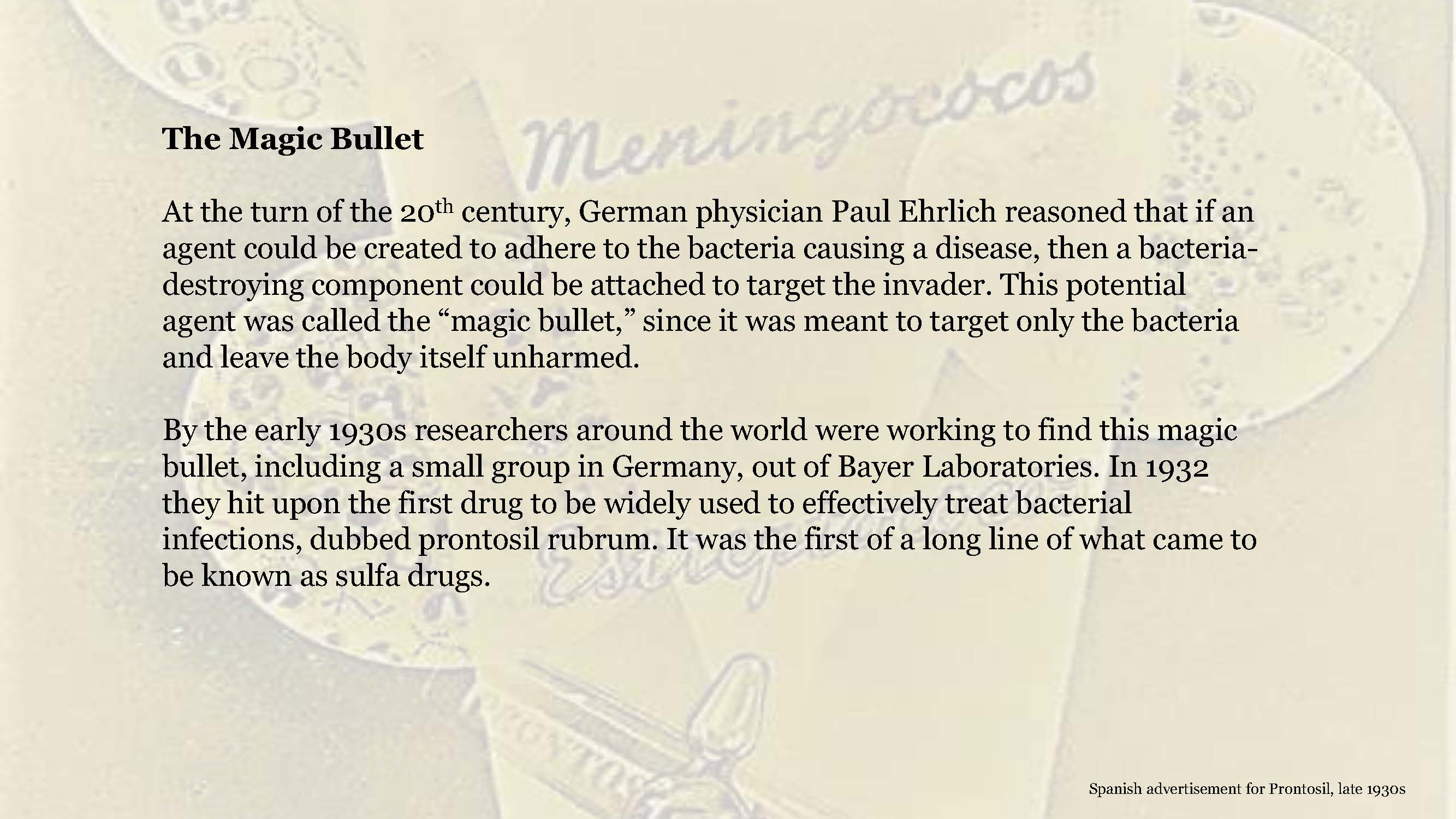 |
Barbie, DVM
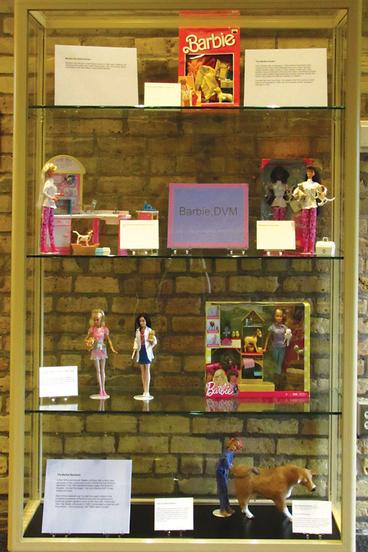
An exploration of woman as veterinarian as envisioned by the designers of the Barbie doll. Barbie was introduced in 1959; her first career, fashion editor, came in 1960, and she’s had more than 150 careers since. Barbie’s first stint as a veterinarian was in 1984, and she’s re-invented the career fifteen times; a tenth or her career moves have been into the profession. The exhibit was inspired by the donation of a collection of veterinary Barbie dolls by Delores and Dr. Dick Olson in 2018, to which the museum added some examples. Installed in 2019.
Pain
A history of pain treatment in veterinary and human medicine, with a display of important books and instruments. We displayed physician George Dadd’s Modern Horse Doctor, the 1854 book that first recommended the use of ether to prevent pain and reduce struggling. We also displayed a 1963 copy of Jones and Lumb’s Small Animal Anesthesia, considered the country’s first veterinary anesthesia text. William V. Lumb received his Ph.D. from the University of Minnesota College of Veterinary Medicine in 1957; while on the faculty at Colorado State he helped to establish veterinary anesthesiology as a discipline in North America. Installed in 2019.
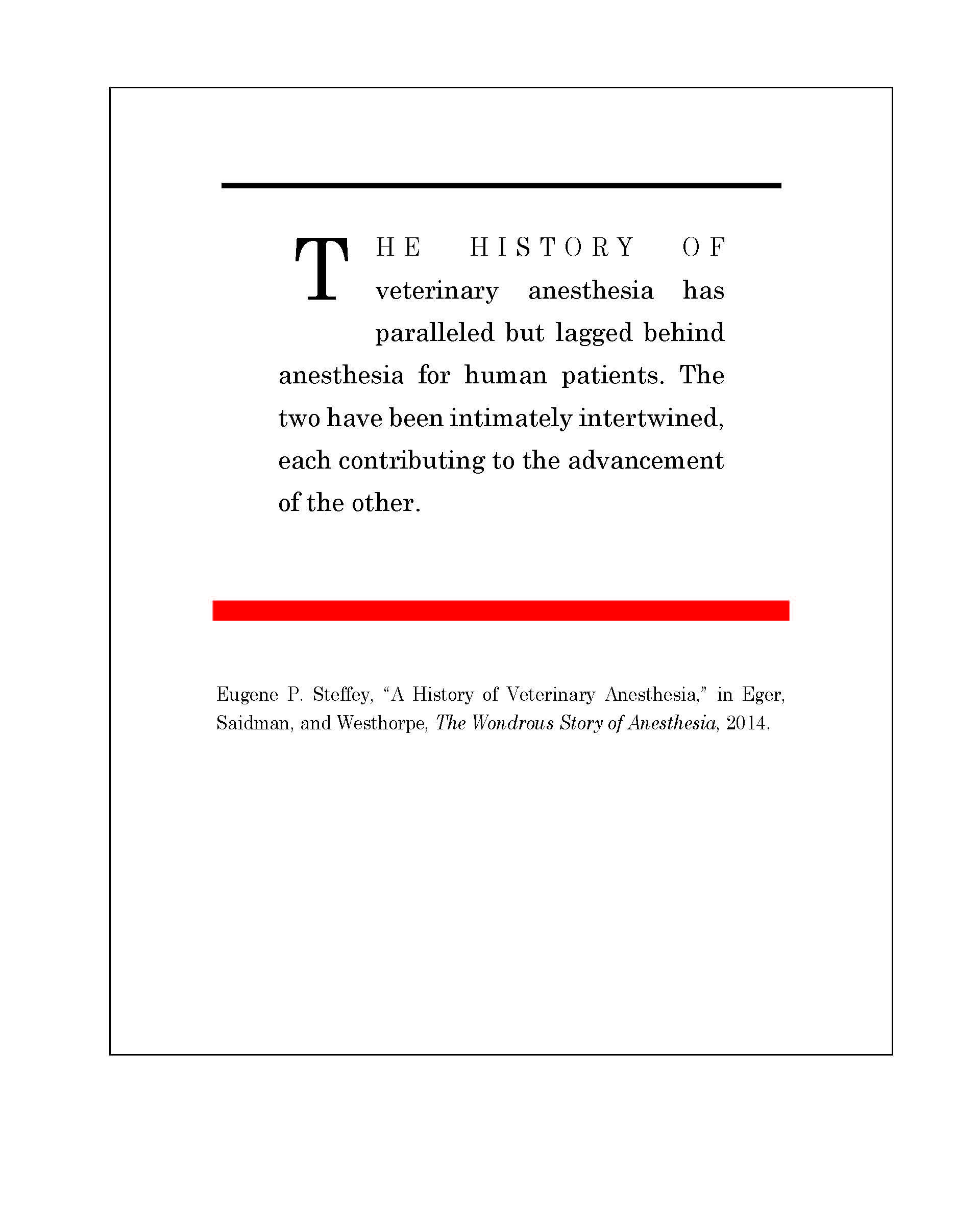 |
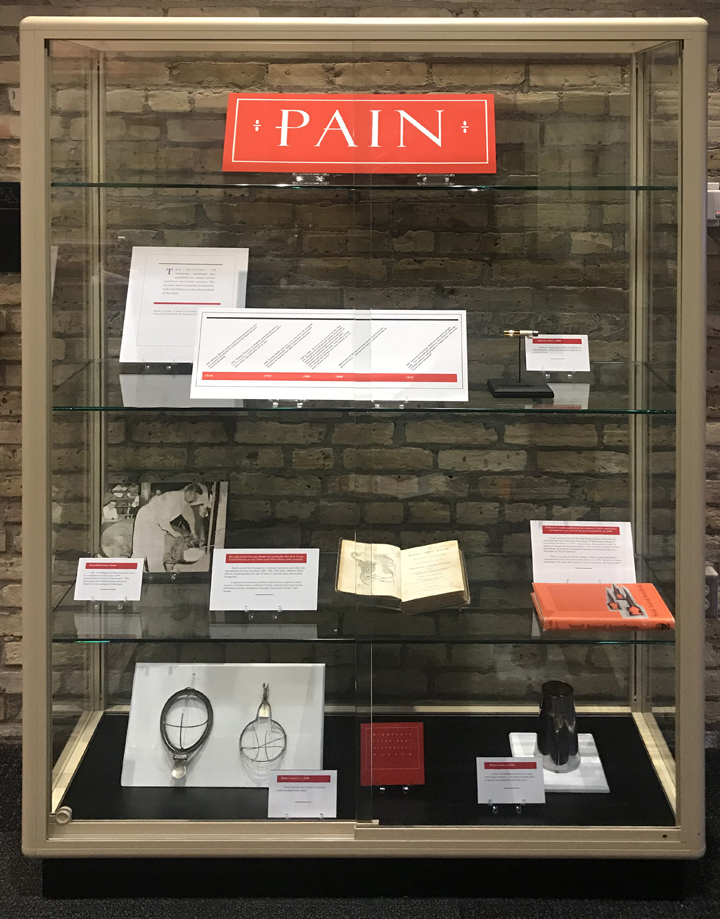 |